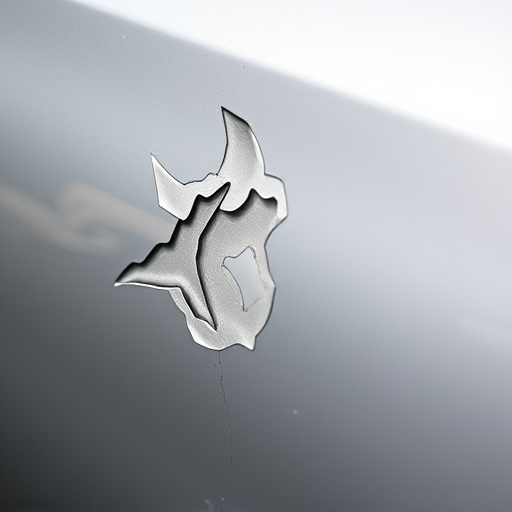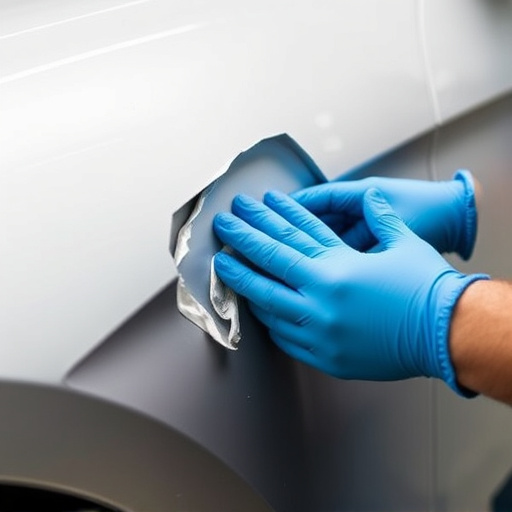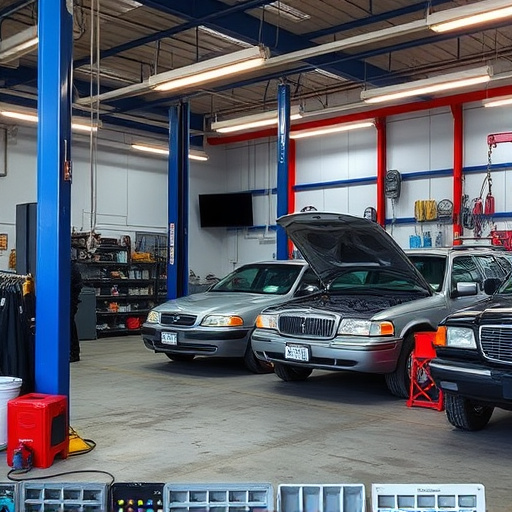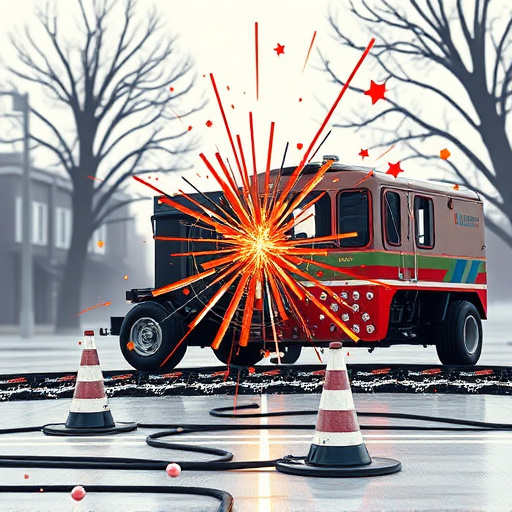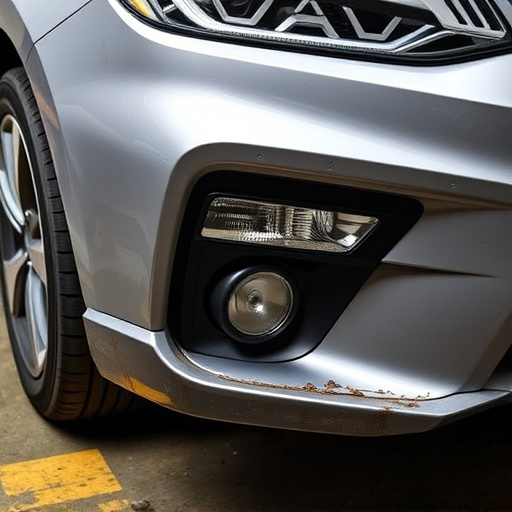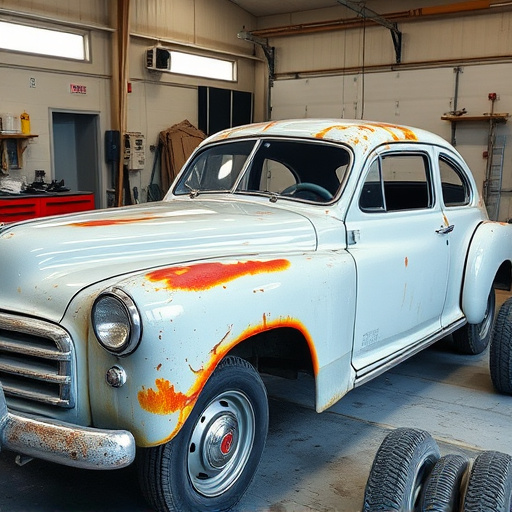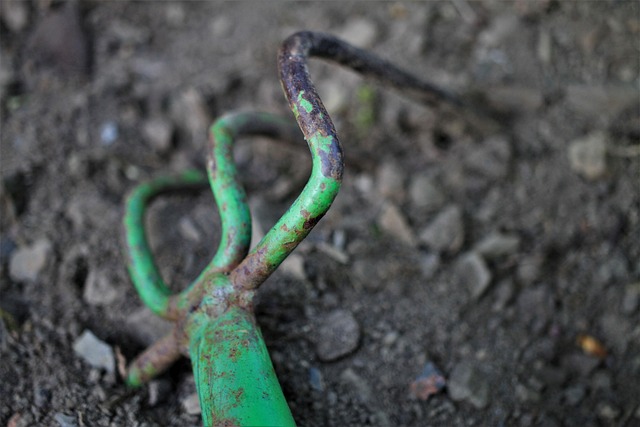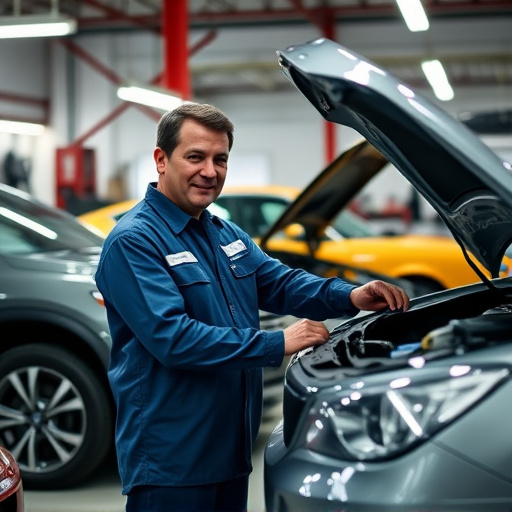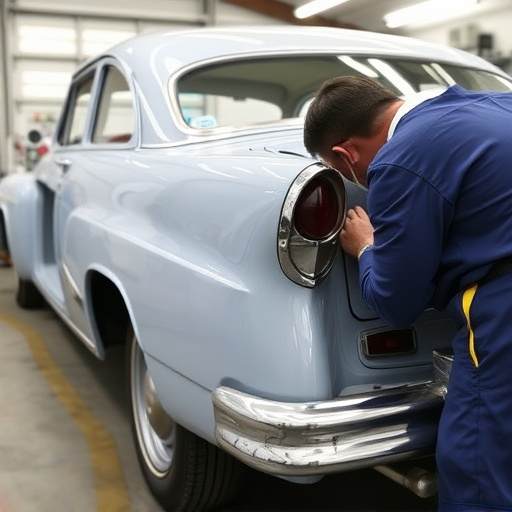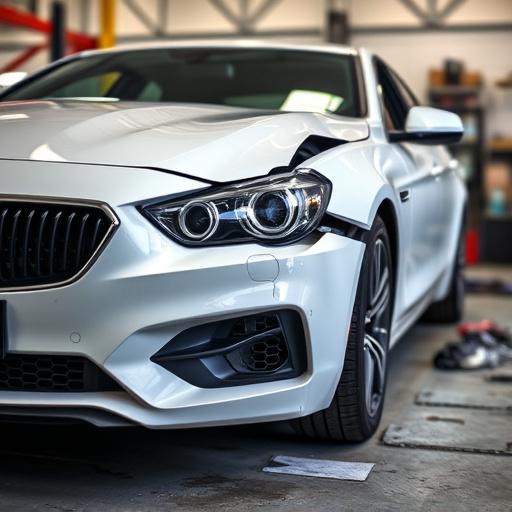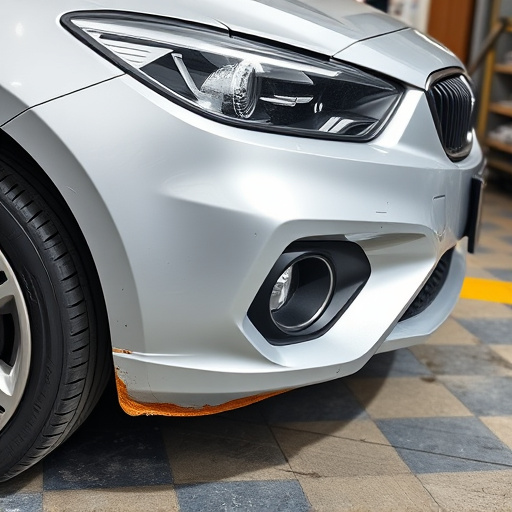Vehicle crash repair involves a meticulous process focusing on safety and restoration to pre-accident condition. It includes thorough assessments, specialized techniques like frame straightening, part replacement/repair, structural reinforcement, and rewiring. Advanced tools like CAD systems ensure accuracy. Strict safety standards dictate materials, techniques, and drive industry improvements in crashworthiness, leading to safer designs and reduced costs. Auto body shops prioritize quality, craftsmanship, and adherence to environmental regulations for Mercedes Benz vehicles and beyond.
Vehicle crash repair is a critical process that demands meticulous attention to detail and adherence to stringent safety standards. With ever-evolving vehicle designs and safety technologies, understanding the intricacies of vehicle crash repair processes is paramount. This article explores the fundamental aspects of vehicle crash repair, delves into the profound impact of safety standards on repair methodologies, and highlights the importance of ensuring quality and safety in auto body shops.
- Understanding Vehicle Crash Repair Processes
- The Impact of Safety Standards on Repairs
- Ensuring Quality and Safety in Auto Body Shops
Understanding Vehicle Crash Repair Processes
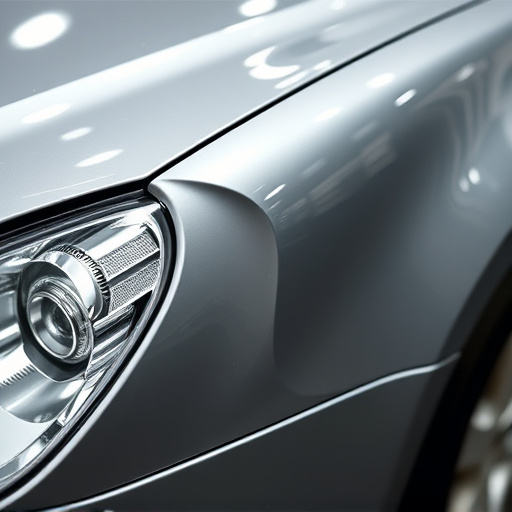
Understanding the intricacies of vehicle crash repair is paramount as it involves a meticulous process designed to restore vehicles to their pre-accident condition. This complex task begins with an assessment, where professionals inspect every angle and component, from the frame and body panels to intricate electrical systems. Depending on the severity, this might involve techniques such as frame straightening to realign warped metal or bumper repair to rejuvenate damaged front ends.
The heart of vehicle crash repair lies in ensuring safety standards are met. This meticulous work includes replacing or repairing parts, reinforcing structural integrity, and re-wiring electrical components. Skilled technicians employ advanced tools and techniques, such as computer-aided design (CAD) systems, to accurately measure and replace parts, guaranteeing the vehicle’s safety and performance after the repair process is complete.
The Impact of Safety Standards on Repairs
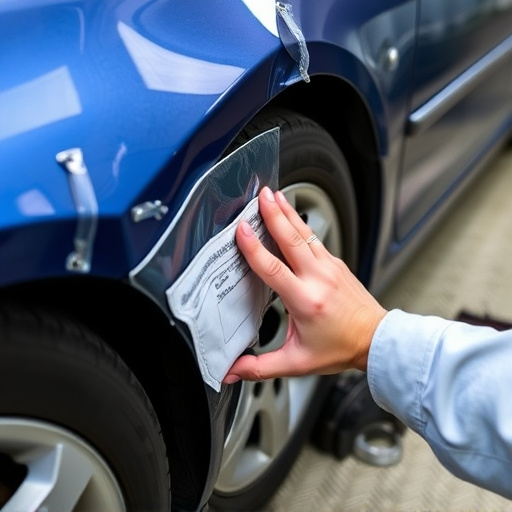
Safety standards play an indispensable role in vehicle crash repair, ensuring that vehicles return to the road not just functional but also secure. These stringent guidelines dictate the repair process, from structural integrity checks to meticulous car paint repair and intricate Mercedes Benz repair. They mandate the use of specific materials and techniques, guaranteeing that every component of the car bodywork is restored to its pre-accident condition or improved upon.
The impact extends beyond individual vehicle repairs; adherence to safety standards contributes to overall road safety. By setting benchmarks for crashworthiness and structural integrity, these standards promote better design and manufacturing practices in the automotive industry. This, in turn, leads to safer vehicles, reducing the severity of injuries during accidents and minimizing the need for extensive, costly repairs, including complex car paint repair processes and meticulous Mercedes Benz repair work.
Ensuring Quality and Safety in Auto Body Shops
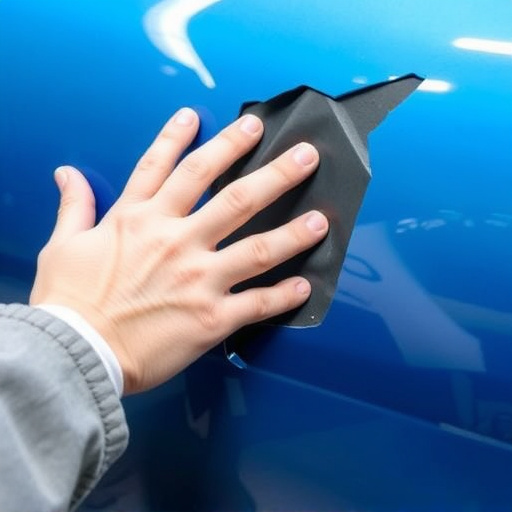
In the realm of vehicle crash repair, ensuring quality and safety is paramount. Auto body shops play a crucial role in restoring vehicles to their pre-accident condition, but this process demands rigorous adherence to safety standards. Modern automotive restoration techniques combine advanced technology with skilled craftsmanship to guarantee both structural integrity and aesthetic precision. For instance, collision repair services often employ computer-aided design (CAD) software to accurately measure and replace damaged parts, ensuring that the vehicle not only drives safely but also maintains its original Mercedes Benz repair quality standards.
The safety of both technicians and customers is a top priority in these shops. Proper ventilation, use of personal protective equipment (PPE), and adherence to environmental regulations are essential components of a comprehensive safety strategy. Additionally, staying updated with industry standards and training programs ensures that collision repair services meet the highest levels of quality and safety. This commitment not only protects against future accidents but also instills confidence in customers who have experienced the challenging situation of vehicle crash repair.
Vehicle crash repair is a complex process that heavily relies on adherence to safety standards. As discussed, understanding the intricate repair processes and their impact on overall vehicle safety is paramount. Ensuring quality and safety in auto body shops not only protects drivers but also promotes the effectiveness of vehicle crash repair. By adhering to these standards, we can revolutionize the industry, making vehicles safer and more reliable on the road.
